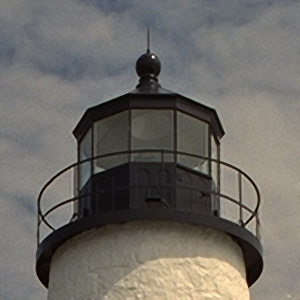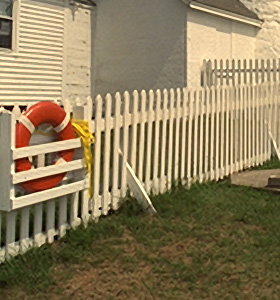Last updated on 23 Apr. 2007 |
|
|||||||||||||||||||||||||||||||||||||||||||||
| Main
page
Resampling |
Image Resampling AlgorithmsImage resampling operation changes the size of a digital image. Conventional algorithms include Nearest Neighbor, Bilinear, and Bicubic interpolation. Other linear filters are also known: Lanczos, Mitchell, Catmull-Rom, and other splines. Here we compare visual quality of these resampling filters, and also review several image-adaptive edge-directional approaches to image resampling. Also we introduce a new method for image resampling, we call it SmartEdge. SmartEdge algorithm was developed by the Graphics and Media Lab of a Moscow State University (MSU) in a joint research project with Samsung Electronics. SmartEdge 2 algorithm is a newer version of SmartEdge algorithm developed for top-notch quality upscaling. Notice the increased level of details and fine texture in the images processed with this algorithm. Demo program downloadDemo program for Windows that implements SmartEdge 2 algorithm is available for free non-commercial use. Please note that the algorithm is currently very slow and consumes large amounts of memory, so it's only applicable to small images. Download SmartEdge 2 demo application (ZIP) ExampleAt the enlarged images we show only image fragments: click on them to view full enlarged images. Some of the images on this page are losslessly encoded in PNG format, but some larger images were encoded in JPEG format (at very high quality). Original low-resolution image - it will be enlarged by 2 times
Hover with a mouse over the algorithm name to preview the result.
Another exampleOriginal low-resolution image - it will be enlarged by 2 times Up-scaled images
Hover with a mouse over the algorithm name to preview the result.
ArtifactsLet's discuss the characteristic artifacts introduced by resampling methods. Linear methodsLinear resampling methods are always a tradeoff between 3 artifacts: blur, aliasing, and ringing.
It's important to understand that it's theoretically impossible to eliminate all of these artifacts simultaneously with linear methods. Edge-adaptive methodsThe most widely known edge-adaptive resampling method is NEDI - New Edge Directed Interpolation - introduced by Xin Lee. It has several artifacts.
|













